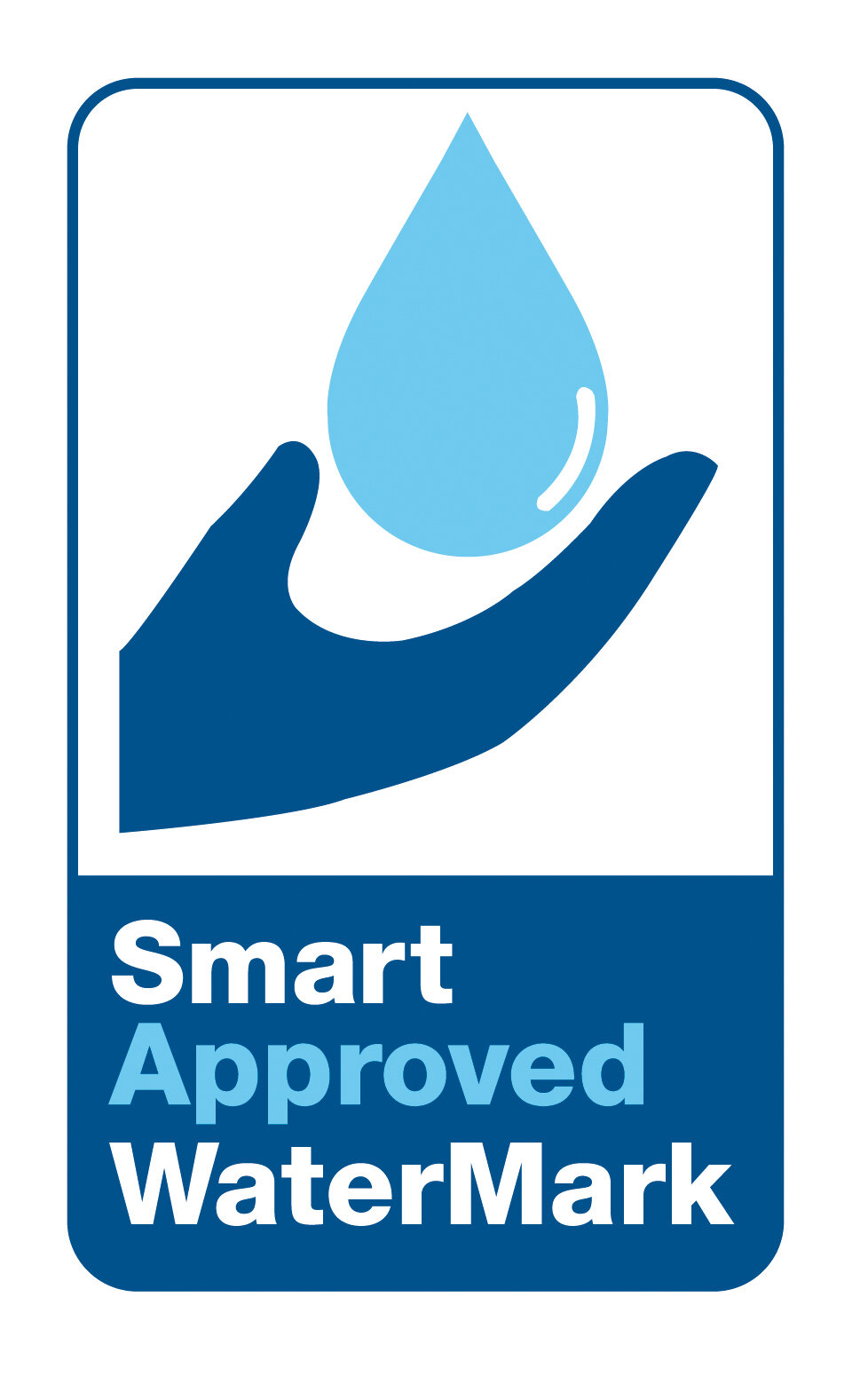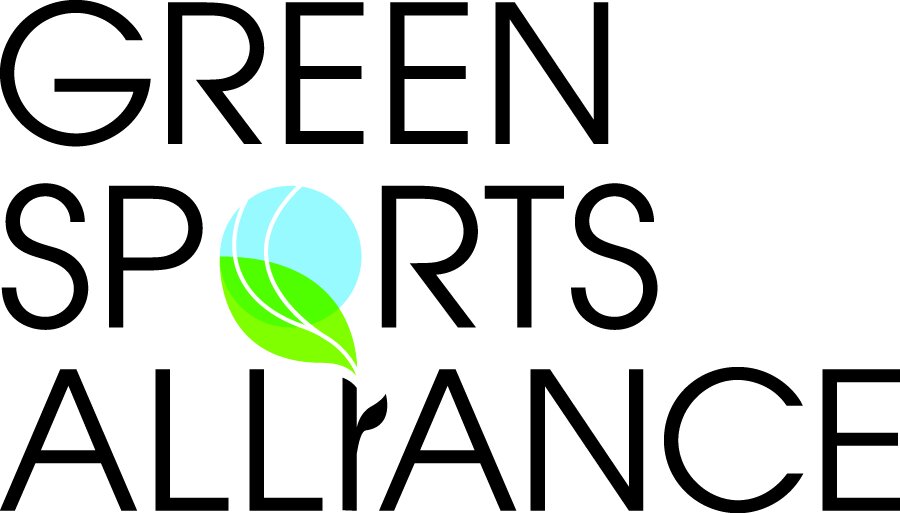The US Green Building Council (USGBC) formally introduced LEED v5, its latest Leadership in Energy and Environmental Design (LEED) certification program, in April 2024. This proposed new version of LEED is now in a public comment period, a crucial stage where the USGBC collects and reviews public comments. These comments could lead to changes or adjustments before the final version of v5 is released in 2025.
While some sections of v5 are controversial, one of the most significant aspects of LEED v5 is not. That is its emphasis on reducing water consumption in commercial facilities.
Historically, facilities seeking LEED certification could earn points, also known as credits, if they took several proven steps to reduce water consumption. Now, some of these provisions are requirements in order to earn certification.
Historically, two of the most frequently used steps to reduce consumption have been the installation of low-flow toilets and no-water urinals. This is because, in most urban settings, more water is used in restrooms than in any other part of the facility. Transferring to these fixtures has proven that water consumption can be reduced significantly, especially in a larger facility.
We should note that the LEED certification program is not just for U.S. facilities. In fact, according to the Canada Green Building Council, Canada ranks number three on the list of the top ten countries in the world having LEED-certified buildings. This represents more than 5.3 million gross square meters (GSM) of LEED-certified space.
LEED-certified buildings also span the globe, and even in their absence, the LEED program has consistently served as a transformative force. Governments, building owners, developers, and managers universally recognize LEED as the benchmark for building construction and operation, underscoring its global significance.
Because it is such a key part of LEED v5, and because much of the world, including Canada, is now focused on reducing water consumption, how can commercial facilities in Canada use water more responsibly and efficiently? *
To answer this question, let's pull four of the water-related provisions in LEED v5, explain why the USGBC made them a crucial part of v5, and how they can be used to help Canadian property managers reduce water use in their properties.
1. Establish Water Policies
The increasing frequency of droughts and water scarcity underscores the urgency of establishing comprehensive water policies in North America. Such policies are crucial for sustainable water management, aiming to reduce consumption and, at the same time, ensure the safety and functionality of water infrastructure within the facility. Integrating these policies into LEED v5 encourages building managers to adopt more efficient water use practices, while also aligning with sustainability and responsible resource management goals.
2. Installation of Sub-Water Meters Throughout a Facility
The integration of permanent water meters in facilities, as outlined by LEED v5, represents a significant advancement in sustainable management practices. This proactive approach facilitates real-time monitoring and management of water resources and empowers facility managers to promote accountability among tenants. By precisely tracking water usage within a property, facility managers can encourage adherence to water conservation policies and, if necessary, charge tenants for violating these water policies. Ultimately, the goal is to foster a culture of water responsibility, with facility managers at the helm of this control.
3. Measuring Total Water Use
With submeters installed, LEED v5 requires that facilities measure total water use each month for twelve consecutive months to earn LEED certification. This information is then presented to the USGBC when seeking certification. However, this is something managers should be doing on a regular basis. Measuring water use every month is one of the best ways to determine if there are water leaks or if water is not being used responsibly, as referenced earlier.
4. Greywater and Installing Rainwater Harvesting Systems
Greywater recycling can significantly reduce the water footprint of commercial buildings. By treating and repurposing water from sinks, showers, and laundry, buildings can decrease their reliance on freshwater sources. This conserves precious water resources and promotes a more sustainable and environmentally conscious approach to water management.
Rainwater harvesting refers to capturing and storing rainwater, which can be filtered and, many times, purified for later consumption. Rainwater harvesting has long been viewed as a crucial way to contribute to water conservation and stormwater management.
Other Ways to Reduce Water Consumption
Before considering LEED v5 certification, there are other steps managers should consider to reduce water consumption. The first and likely most important is to conduct a water audit.
Water audits include assessing how much water is used in a property, which later can be used as a benchmark, helping managers determine how much they have reduced water consumption over time. Water audits are also used to see where water use can be eliminated. Building engineers should be able to conduct a water audit in a smaller facility. However, in larger properties, professionals trained in performing a water audit should be called in.
Other steps to take include the following:
Assessing large water-intensive equipment. HVAC systems, for instance, use large amounts of water daily, which can increase as these mechanicals age. The assessment should investigate inefficiencies that can be corrected and, help determine when these systems need to be replaced.
All faucets and fixtures should be updated. While restroom fixtures are designed to last for years, over time, they may use more water than initially designed. We mentioned earlier the importance of transferring to low-flow toilets and no-water urinals. Faucets and other water-using fixtures should also be replaced with more efficient systems as they age.
While it is not explicitly addressed in LEED v5, installing outdoor vegetation native to an area can reduce water consumption dramatically. While restrooms in urban facilities tend to be where most of the water in a facility is used, in suburban areas, it is often most used for outdoor landscaping.
Ultimately, the reduction of water consumption should be viewed as a strategic investment and not a cost. By implementing water-saving measures, managers can substantially reduce water usage and related operating costs while fortifying their properties against climate change and potential water-related risks.
Klaus Reichardt is CEO and founder of Waterless Co, Inc., a pioneer in advancing water efficiency. Reichardt is a frequent author and presenter who discusses water conservation issues. He can be reached at klaus@waterless.com
This article was originally published in Canada’s Cleaning Facility Management magazine.
*Water efficiency refers to long-term water reduction. This is accomplished by installing more water-efficient restroom fixtures and water-using mechanicals in a facility.




















